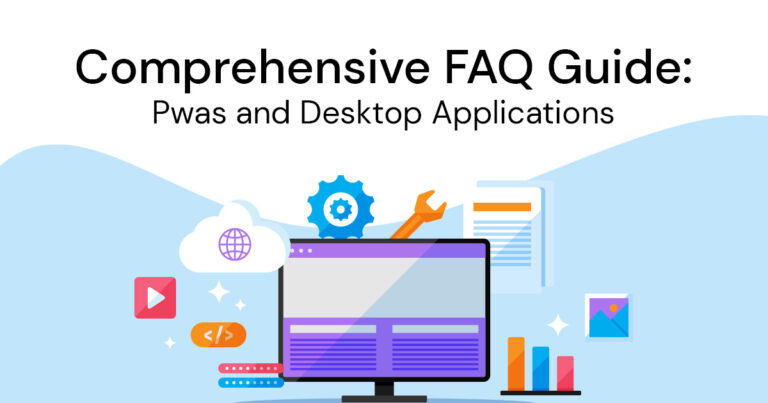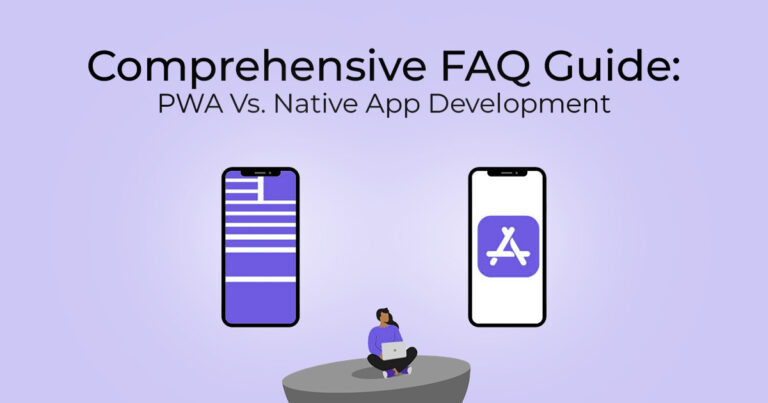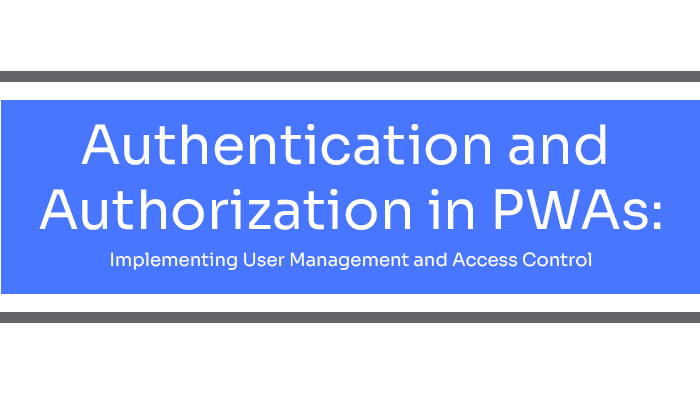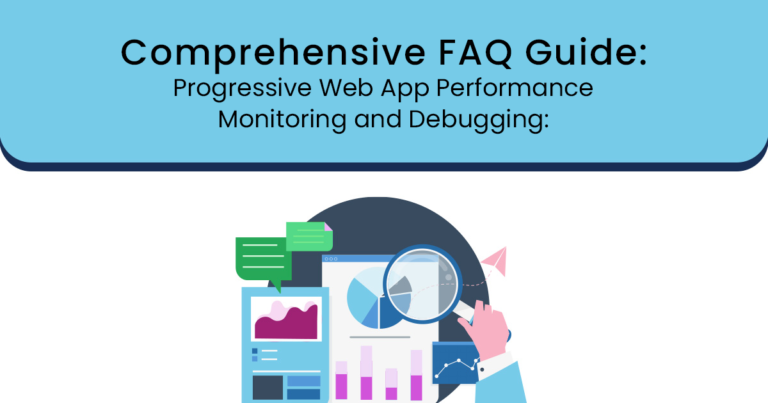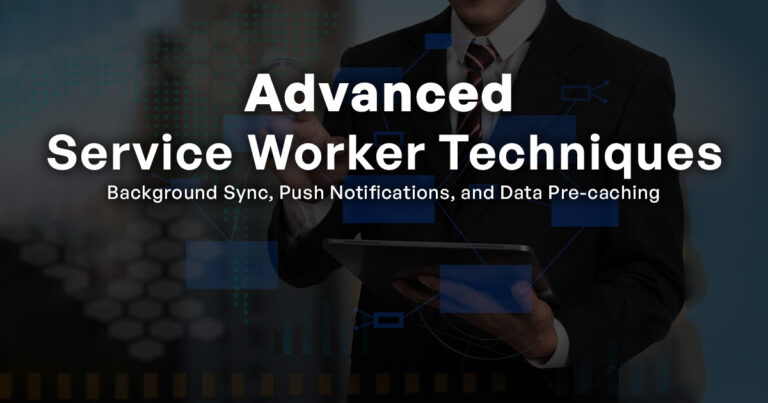
Comprehensive FAQs Guide: Creating Offline-First Cross-Platform Apps with PWAs: Strategies and Tools
Understanding Offline-First Approach Basics 1. What is the concept of “Offline-First” in the context of Progressive Web Apps (PWAs)? The “Offline-First” concept revolves around designing applications to function seamlessly even when there’s limited or no internet connectivity. In the context of PWAs, this means that the app should be able to provide core functionality and content to users, even if they are offline. By storing assets and data locally, the app can continue to offer a meaningful experience when the user is disconnected. 2. Why is implementing an offline-first approach important for cross-platform PWAs? Implementing an offline-first approach is crucial for cross-platform PWAs due to the diversity of devices and network conditions users encounter. Cross-platform PWAs aim to provide consistent user experiences across various devices and platforms. By prioritizing offline functionality, these PWAs become more reliable, enabling users to access content and features irrespective of their internet status. 3. How does offline-first architecture enhance user experience and engagement in PWAs? Offline-first architecture significantly enhances user
